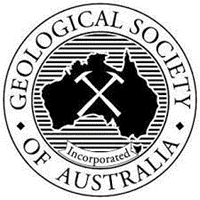The lecture “Geology, landscape and European settlement: small things meant a lot” is now available on the RST YouTube channel.
Historical accounts of the first European responses to Australian landscapes rarely mention the ways that their decisions were influenced by the terrain. This talk is about the role that geology and landscape played in the places chosen for permanent European settlements in Australia, and in the earliest land-use choices made as they adapted to their new environments. The most historically significant sites of first European settlement are now occupied by the modern central business districts of Australia’s largest cities and are now intensely urbanised and modified landscapes. Using examples from Hobart, Sydney, Melbourne, and Perth, it will be shown that despite the intensity of two centuries of urban development and landscape modification, the geology and pre-European landscapes of these places had a profound influence on their early development. It will also be shown that the effects of the original landforms remain deeply embedded in the modern urban landscapes.
Tony is a Hobart-based consulting geologist working with GeoDiscovery Group Ltd. He has spent over 30 years in the mining industry, academia and government, working in and around several historically significant base metal and gold mines, including Broken Hill and Kalgoorlie, Zeehan, Mount Farrell, and Rosebery (Hercules). Tony started his career as an underground mine geologist on the Golden Mile (Fimiston) but has since worked in a variety of roles, including mining heritage, environmental regulation and research roles in Tasmania and Queensland. Tony has particular skills in structural geology, historic data compilation and analysis, and the geological interpretation of complex mineralised systems.

